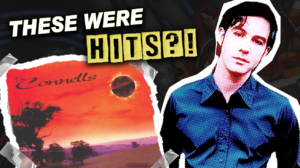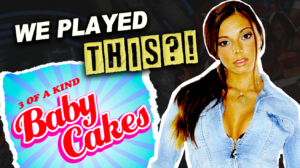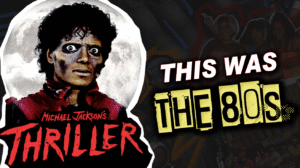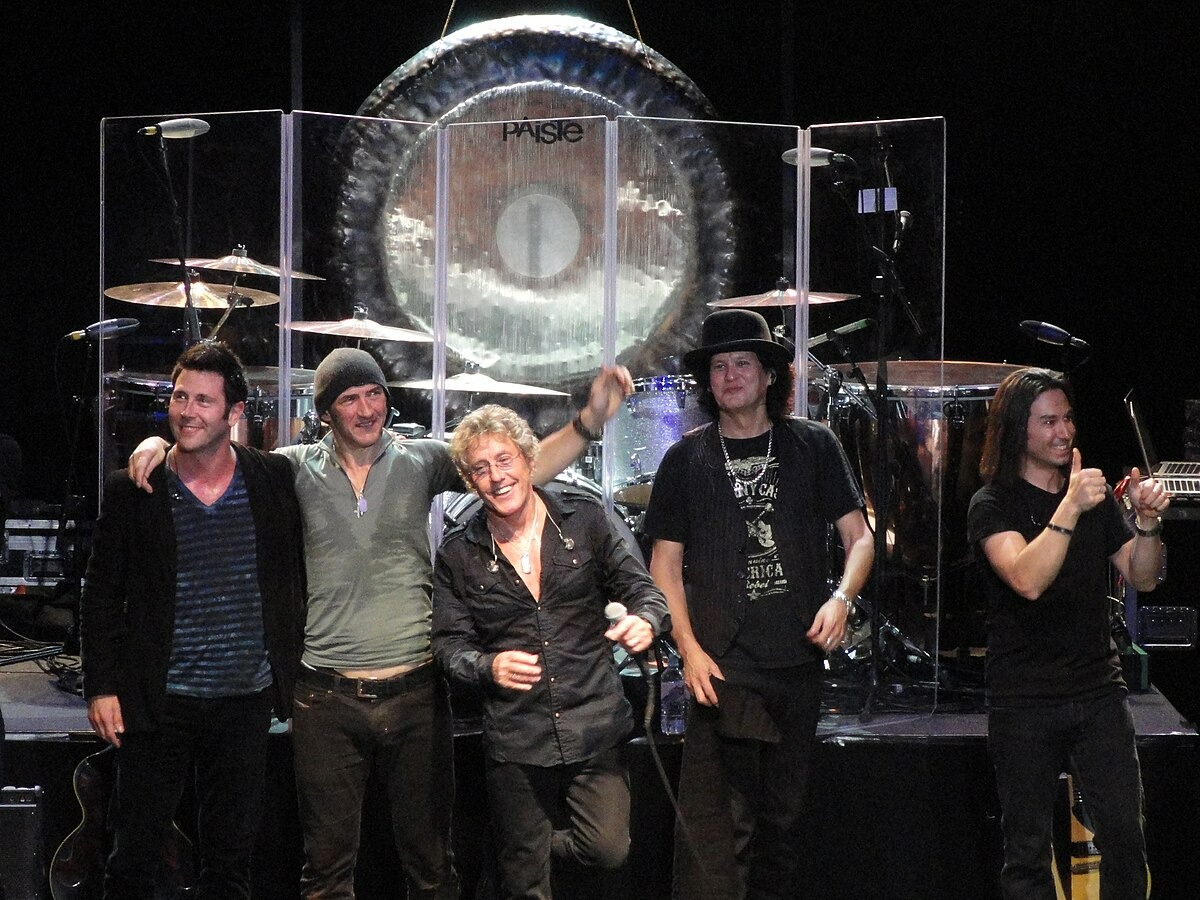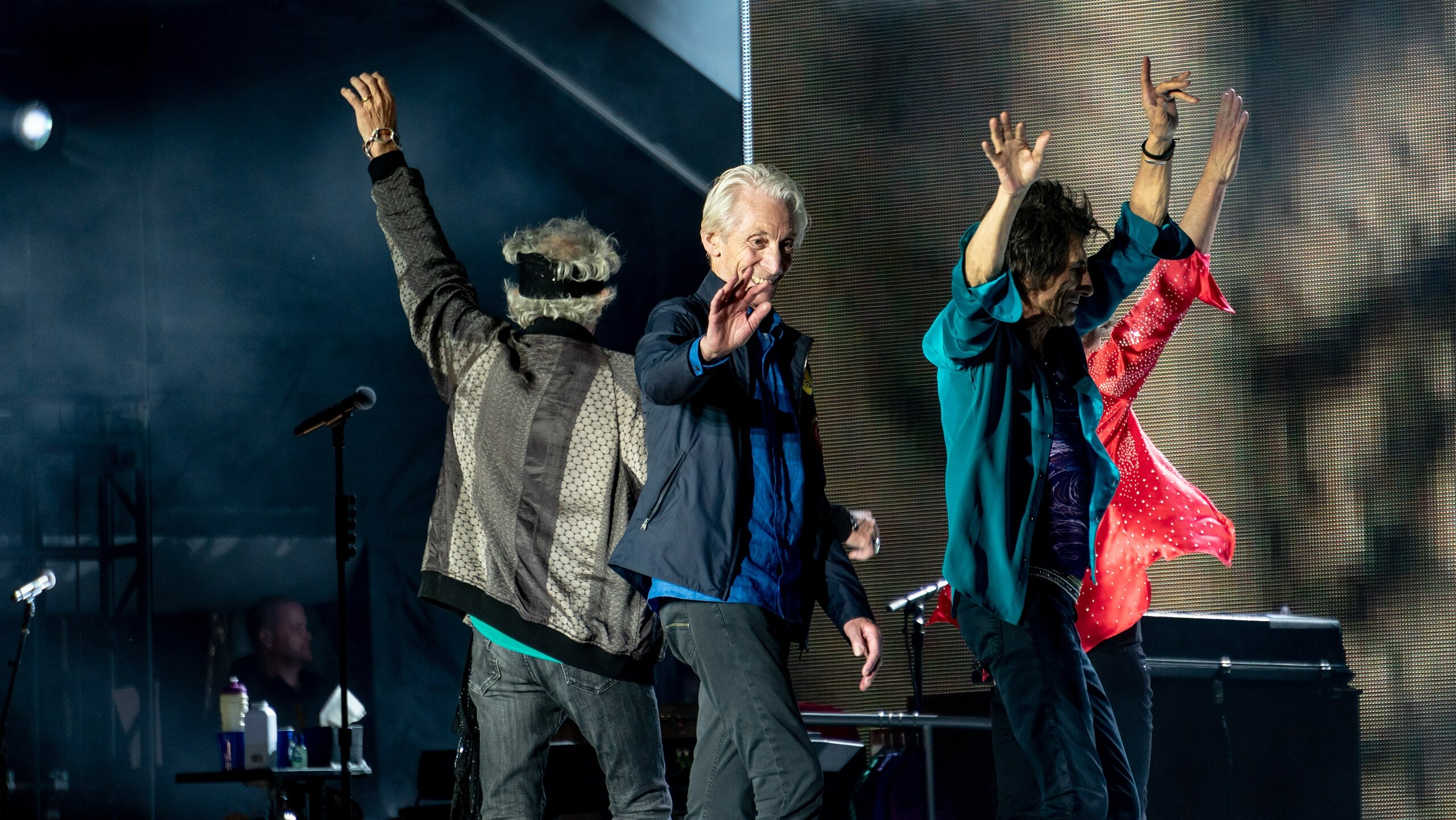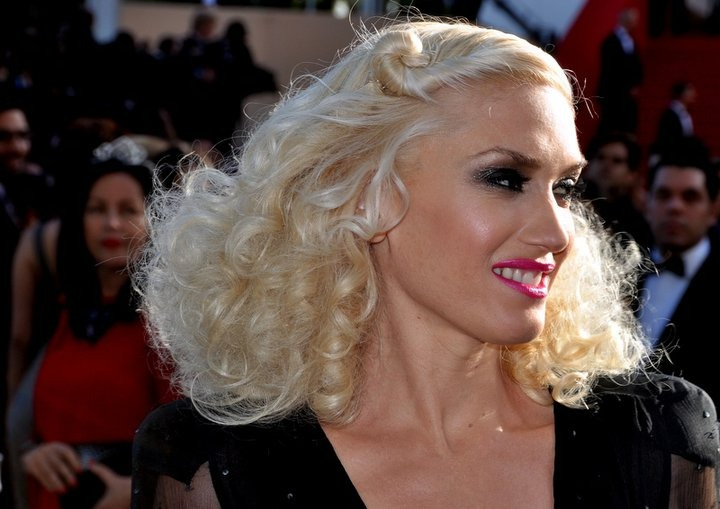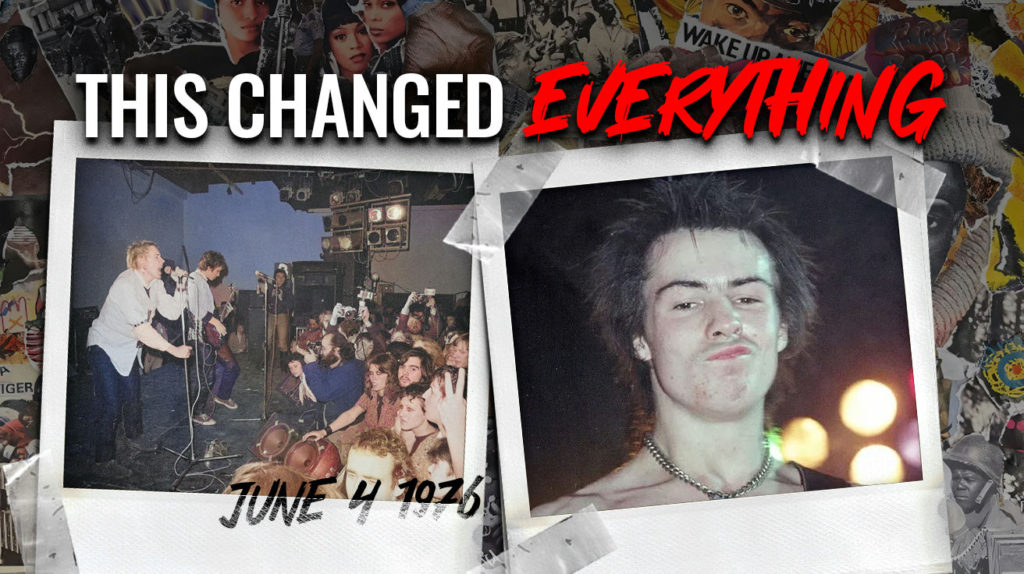
Picture the mid-1970s, when British music had grown stale and bloated. Arena rock bands dominated the charts while the UK faced economic recession and soaring youth unemployment. One Sex Pistols concert would ignite a cultural explosion that shifted the entire music landscape. This rain-soaked night in Manchester would reshape not just music, but fashion, art, and social attitudes for decades to come.
Disclaimer: Some images used for commentary and educational purposes under fair use. All rights remain with their respective owners.
The Sex Pistols’ Manchester Debut
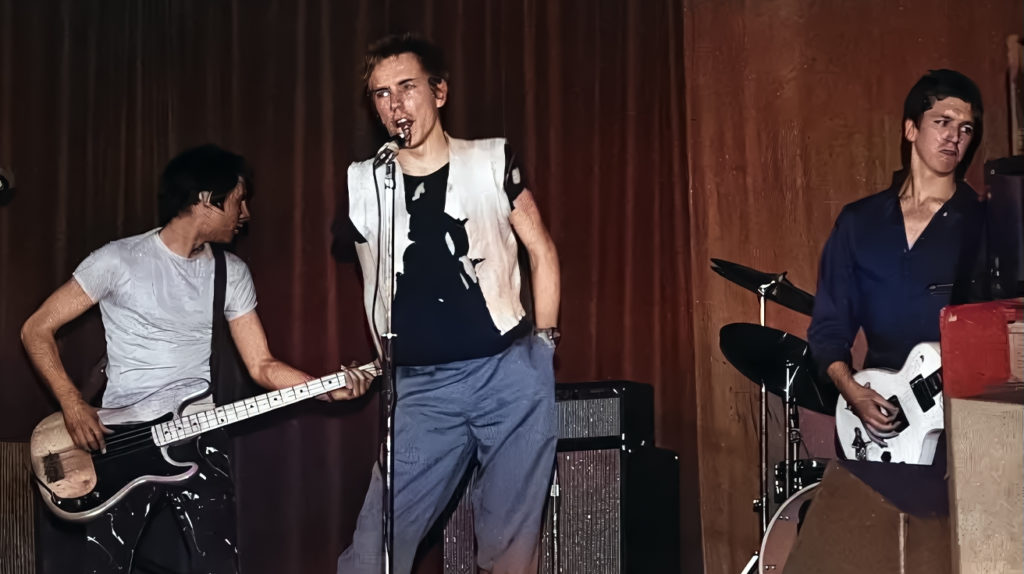
On June 4th, 1976, The Sex Pistols took the stage at Manchester’s Lesser Free Trade Hall – a venue that had housed textile traders and political rallies since 1856. Despite its 400-person capacity, the rain-soaked night drew just about 40 curious souls. Tickets cost a mere 50 pence (equivalent to about £5 today), a bargain compared to £2-3 for arena rock shows. The band’s raw, explosive sound left some disgusted and others electrified, creating a divide that would fuel punk’s rapid spread.
The Buzzcocks’ Formation

Pete Shelley and Howard Devoto had convinced the Sex Pistols to come to Manchester. Shelley later recalled standing outside the venue and seeing “Live from London: The Sex Pistols” on the blackboard. Within weeks, they’d formed The Buzzcocks and recruited Steve Diggle as guitarist. Their self-released EP “Spiral Scratch” arrived six months later – a £500 production that became the UK’s first independent punk single. Selling 16,000 copies in its first year, it proved bands could succeed without major labels.
Ed Banger and the Nosebleeds
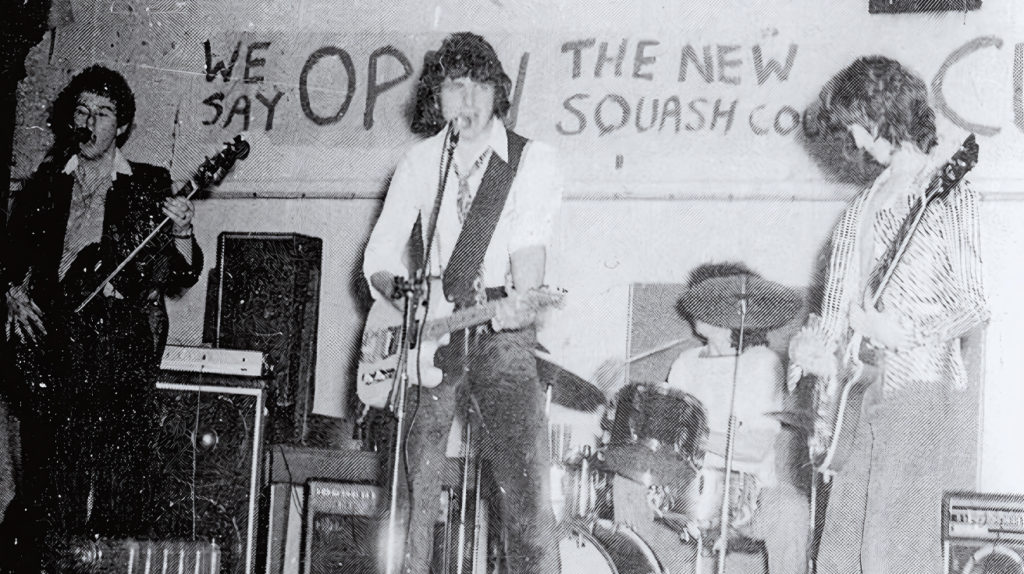
Eddie Garrity left the Lesser Free Trade Hall determined to form his own band. Ed Banger and the Nosebleeds emerged shortly after, playing a rawer, more aggressive style than many of their punk peers. Success proved elusive – they spent two years searching for a record deal and once performed to an audience of three in Bolton. Eventually, Morrissey would replace Garrity at the mic, though even this change couldn’t propel them beyond local acclaim.
Factory Records and Tony Wilson
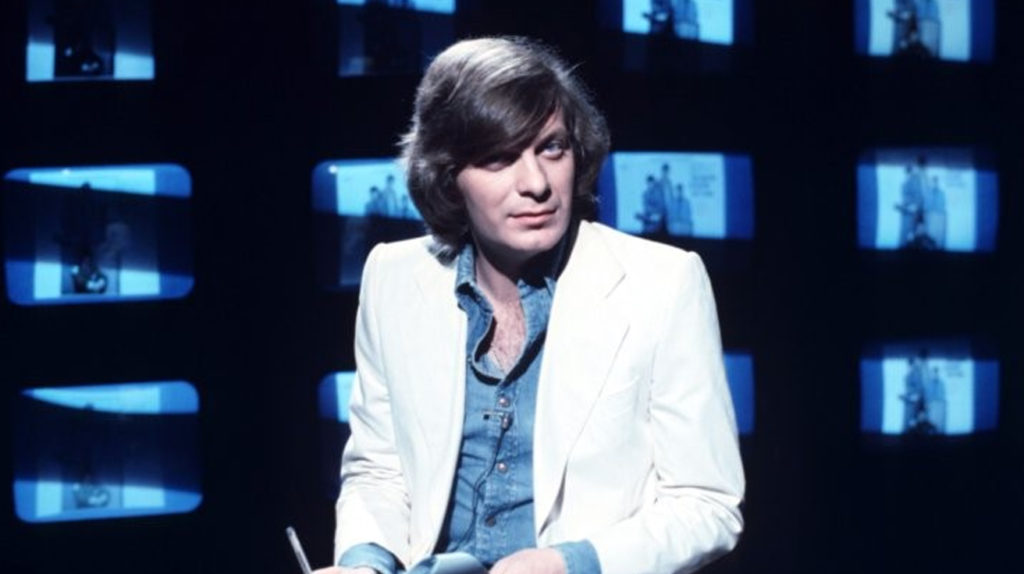
TV presenter Tony Wilson’s attendance at the gig is debated, though widely accepted. By 1979, he’d established Factory Records, signing bands formed by fellow attendees. The label’s iconic catalog numbers – FAC 1 through FAC 10 – housed releases that would define Manchester’s sound. Factory grew to generate £5 million annually, the same year Wilson opened the Hacienda nightclub.
Joy Division/New Order
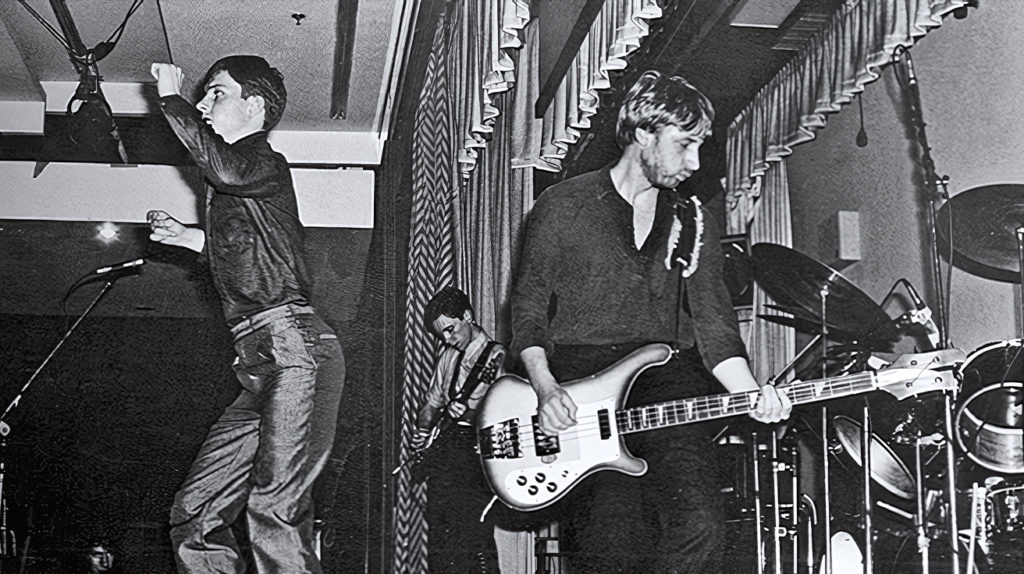
Peter Hook and Bernard Sumner walked out of the Lesser Free Trade Hall as changed men. The next day, Hook reportedly purchased a Hondo II Rickenbacker copy for £35, developing the melodic bass style that would become his trademark. As Joy Division, they released “Unknown Pleasures” in 1979 – an album that would eventually sell over 500,000 copies. Following Ian Curtis’s death, they reinvented themselves as New Order.
The Fall
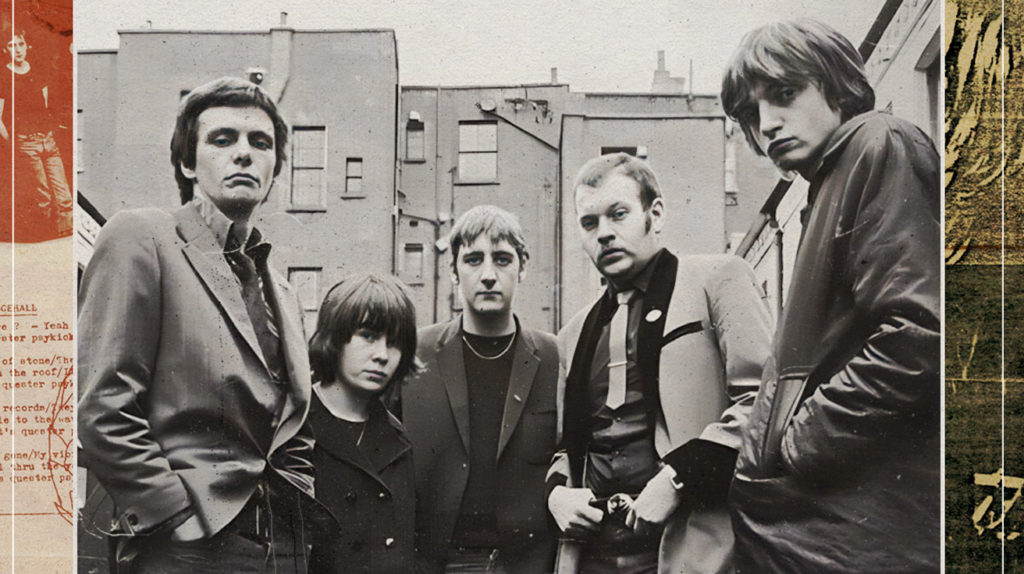
Dock worker Mark E Smith witnessed the Sex Pistols and emerged with a vision for The Fall. Recording their debut “Live at the Witch Trials” reportedly for just £300 in two days, they began a 42-year journey with approximately 66 members passing through their ranks. John Peel declared them his favorite band, and their uncompromising approach influenced generations of musicians.
Simply Red
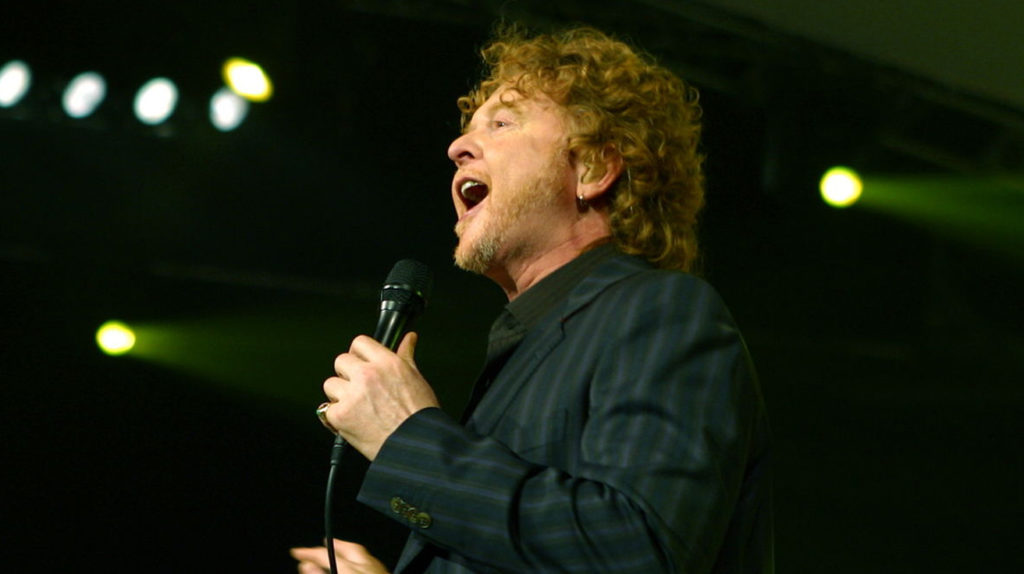
Whether Mick Hucknall actually attended remains strongly disputed – eyewitnesses and bandmates contest his presence. Regardless, he formed The Frantic Elevators and later opened for Joy Division in 1979. His next project, Simply Red, would sell over 50 million albums worldwide. Their hit “Holding Back the Years” topped US charts in 1985, demonstrating the diverse paths from Manchester’s punk roots.
Morrissey and The Smiths

Steven Patrick Morrissey, just 17, has described the night as transformative. Already writing free magazine reviews, he sent enthusiastic accounts to NME and interviewed Johnny Rotten the following year. By the late 1970s, he’d replaced Eddie Garrity in The Nosebleeds. This experience would shape the voice that later defined The Smiths.
Kevin Cummins, Photographer
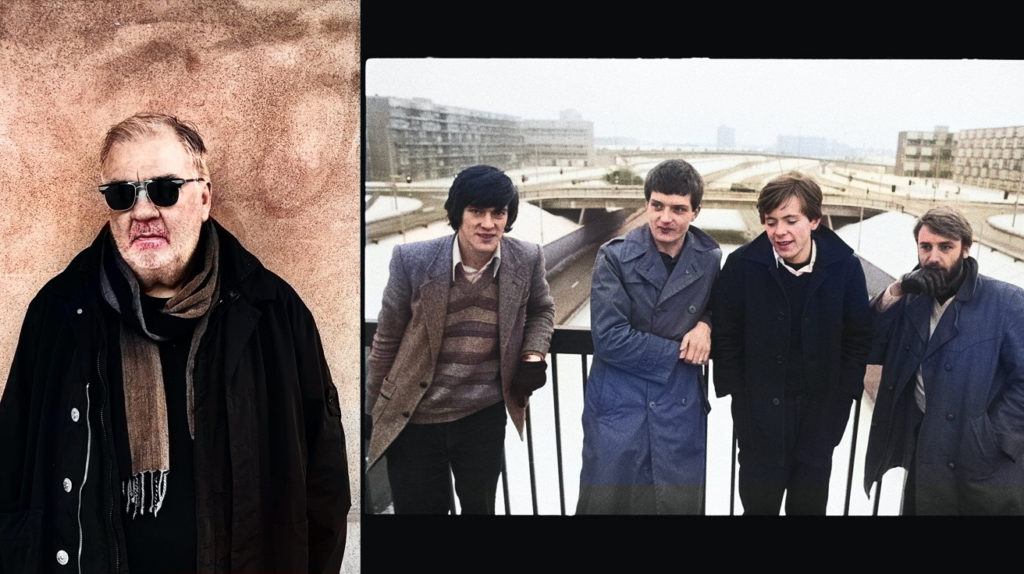
Kevin Cummins transformed into a music photographer after witnessing the Sex Pistols. He famously left his family on Christmas Day 18 months later to photograph another Pistols show. His iconic images – particularly the snow-covered Joy Division shot from 1979 – now hang in the National Portrait Gallery. Pioneering the square format for rock photography, he captured the era’s intensity.
Paul Morley, Journalist
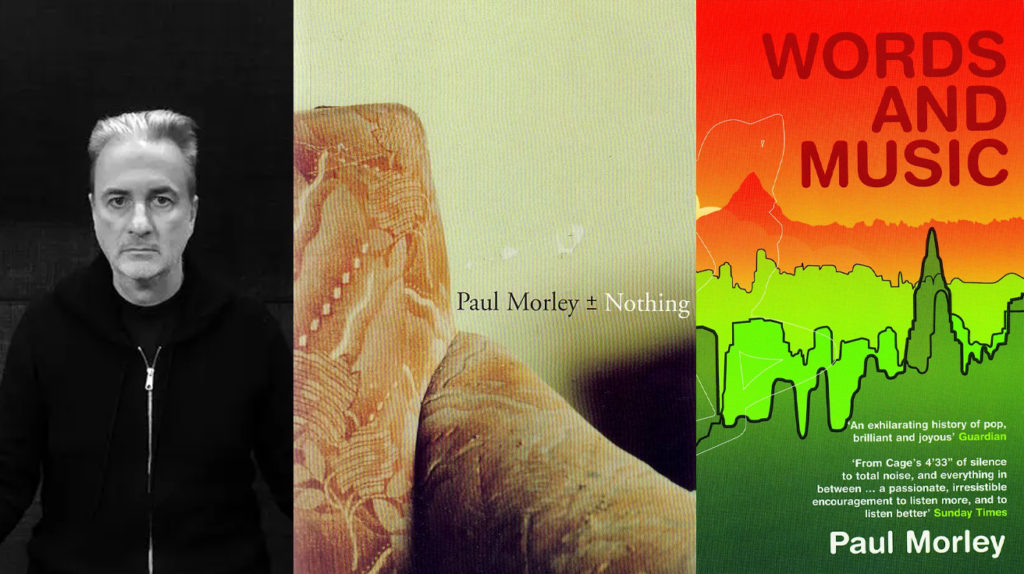
Nineteen-year-old Paul Morley attended the show and soon joined NME. Through books like “Nothing” (2000) and “Words and Music” (2003), he chronicled Joy Division and Tony Wilson’s stories. As Morley noted in 2016: “Everything that happens is still a fall-out of the Sex Pistols coming to the Lesser Free Trade Hall…”
The Mythology and Memory of the Gig
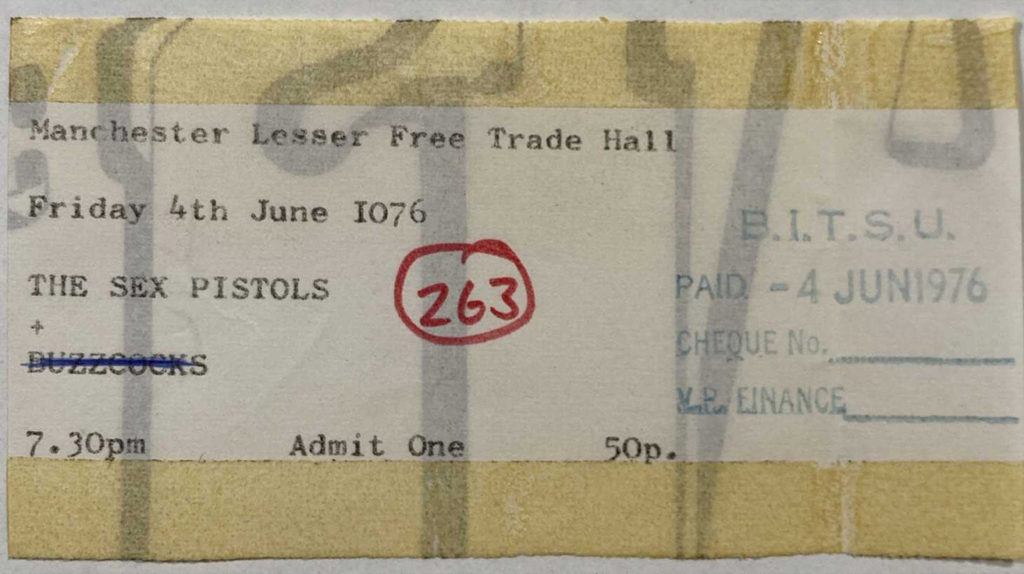
The truth behind this legendary night proves elusive. Box office records show 42 paid attendees, yet seemingly hundreds claim they were present. Actual ticket stubs, like Tony Wilson’s preserved memento, remain rare. The film “24 Hour Party People” expanded the mythology further, demonstrating how cultural memory transforms pivotal moments into something larger than their historical reality.




